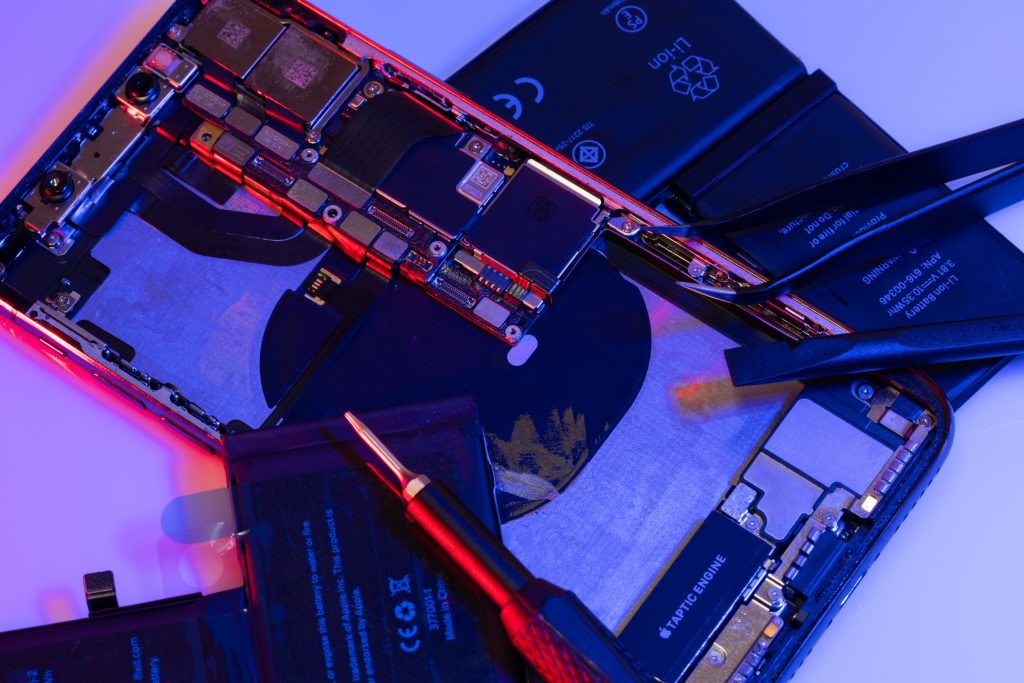Right to Repair as a Step Towards Consumer Empowerment

The right-to-repair movement should prioritize inclusivity through education, affordable tools, and standardized designs.
- Education programs should empower individuals without repair experience.
- Equitable access to affordable tools and standardized designs simplifies repairs.
You’re sitting in your cozy living room, engrossed in your favorite TV show, when suddenly, the screen goes black. Panic sets in as you realize your television has just given up on you. Now, what if I told you that you could fix it yourself? While this movement may not be categorized as an issue of utmost importance to the progress of humankind, it undoubtedly holds great potential to benefit us all on an individual and societal level. However, in our pursuit of consumer empowerment, we must remain mindful of the potential disparities it might create. Not everyone possesses the knowledge, resources, or access to repair tools and information. So, let’s see how we can bridge this gap and ensure that the right to repair is inclusive and beneficial for everyone.
Bridging the Gap for All
The right-to-repair movement centers around empowering consumers to take charge of repairing their own devices. By doing so, we liberate ourselves from the constraints imposed by manufacturers who dictate when and where repairs can be conducted. However, it is important to widen our perspective and contemplate the larger implications. How can we prevent this movement from unintentionally exacerbating social inequalities? After all, technical knowledge and resource availability vary among individuals and communities, making device repair a more challenging endeavor for some.
Ensuring Inclusivity and Accessibility
To address this potential disparity, proactive measures must be taken to ensure that the right to repair is accessible and advantageous for all segments of society. Education and awareness initiatives form the bedrock of inclusivity. Implementing comprehensive programs that offer hands-on training and resources to individuals without prior repair experience is essential. Envision a world where repair workshops are readily available in every community, providing individuals with the skills to mend their broken devices. Such knowledge not only empowers individuals but also fosters a sense of community and shared responsibility toward environmental sustainability.
However, knowledge alone is insufficient. Equitable access to affordable repair tools and spare parts is equally critical. Encouraging manufacturers to make repair manuals, diagnostic tools, and spare parts easily accessible to consumers is key. In addition, the implementation of policies and regulations can play a pivotal role in ensuring that manufacturers design products with repairability in mind. By promoting modular designs and standardized components, the process of repairing devices becomes simpler and more accessible to a wider audience.
Final Thoughts
While the right to repair may not be the biggest, most important thing for the progress of humanity, it’s still really cool and can make a big difference for regular people like you and me. It’s all about giving us the power to fix our own stuff and help the environment at the same time. But hey, let’s remember that not everyone has the same chance to join in on the fun. Some people might not have the know-how or tools to do it themselves. By being fair and making it easy for everyone, we can make our world a friendlier place for consumers and our planet.
Inside Telecom provides you with an extensive list of content covering all aspects of the tech industry. Keep an eye on our Impact section to stay informed and up-to-date with our daily articles.
